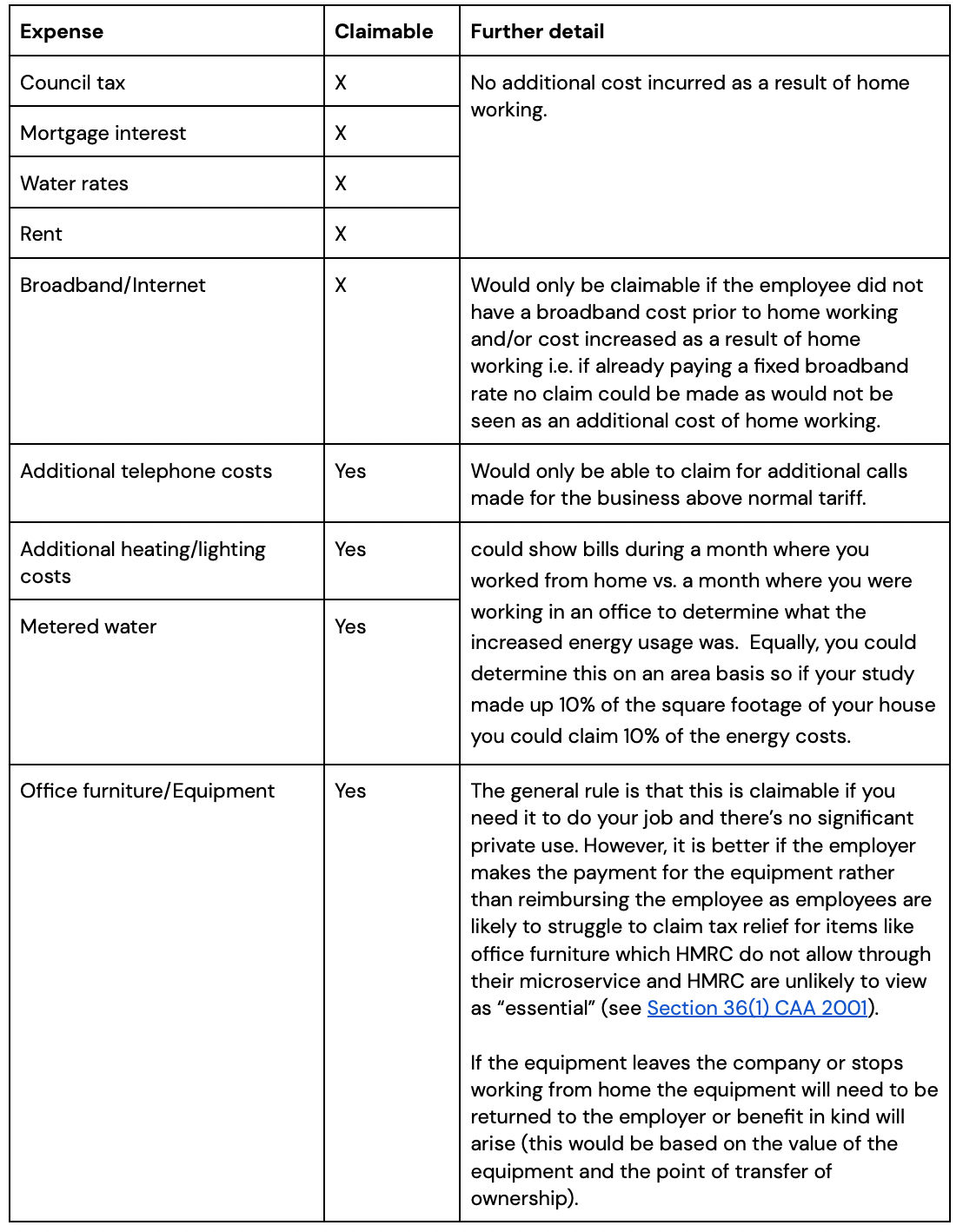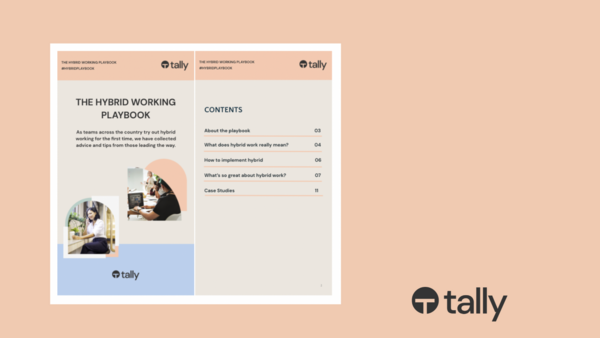Thursday 30th May 2024
Can You Claim Tax Relief For Hybrid Working?

During the lockdown in 2020 HMRC introduced a number of tax reliefs to support those forced to work from home. Now life is going back to normal and the majority of companies are adopting hybrid working arrangements, people are beginning to start considering the long-term tax implications of this arrangement.
The working from home allowance was much featured in the press during Covid-19 and millions across the UK claimed it resulting in costs of £500m over the 2 years of the pandemic. However, from 6 April 2022 HMRC has warned that “If you previously claimed tax relief when you worked from home because of coronavirus (COVID-19), you might no longer be eligible” (HMRC, 2022). Because there is no longer a legal requirement for people to work from home the majority of hybrid workers no longer qualify for relief as they are choosing to do so.

What is the work from home allowance 2021/22?
The working from home tax relief is often referred to as the “Working from home allowance”. It is a tax relief worth up to £125 per year designed to support employees who incur additional costs as a result of working from home. It is a flat rate of tax relief of £6 per week which you can claim without having to submit expenses or work out exactly how much of your heating and electricity relates to your work.
If you do incur costs that are greater than £6 per week you can claim tax relief for a larger amount for this you would be required to have evidence of these costs (e.g. invoices, receipts, payments) and be able to prove that they were incurred solely for business purposes (or appropriately allocated) - see “What can I claim tax relief on?” below.
Am I eligible to claim Working from Home tax relief?
HMRC provides a basic tool which allows you to answer a couple of questions in order to determine if you are eligible for tax relief.
Qualification for tax relief is different if your employer reimburses you for the cost of you working from home vs. if they don’t. The rules are much stricter if the employer is not reimbursing the employee for their home working costs.
1. If the employer reimburses the cost of homeworking
Employers can make tax-free payments (i.e. not subject to either income tax or national insurance) to help employees cover additional expenses incurred while working from home. The full legislation can be found at section 316A ITEPA 2003.
For expenses to be eligible the employee must regularly be performing their work at home, HMRC define this by stating that BOTH of the following criteria must be met:
HMRC do specify that this can apply in hybrid or flexible working arrangements and give the example of an employee working at home 2 days per week (even if the days vary). Whilst the guidance does say that the arrangements do not have to be in writing this is recommended so that you have evidence that the work is being done at home “by arrangement”.
2. If the employer does not reimburse the cost of homeworking
The above exemption only applies to expenses reimbursed by an employer, where this is not the case the employee must satisfy the much more stringent requirements in section 336 ITEPA2003.

HMRC has updated their guidance on their website to make it 100% clear that you cannot claim the allowance if you choose to work from home. HMRC also define what is meant by “choosing to work from home” as follows:
You cannot claim tax relief if you choose to work from home.
This includes if:
As well as not having chosen to work from home, one of the following must also apply:
This means in the majority of cases where a hybrid work arrangement has been adopted and the employee is not being reimbursed for additional costs incurred that an employee will no longer be able to claim for working from home tax relief.
What can I claim tax relief on?
The expenses that you are receiving tax relief on HMRC explain should only be those that are things to do with your work e.g. business phone calls and gas/electricity for your work area. They also specifically note that expenses that you would incur anyway e.g. rent and broadband access cannot be claimed. The table below explains in a bit more detail the different expenses that HMRC list on their website and what would be required in order for these to be claimed.
As long as private use is insignificant and the employer is providing something (e.g. office furniture, equipment and internet connection) in order for the employee to do their job this can be provided without there being a tax liability on the employee.

If you were to claim above the £6 weekly allowance and HMRC were to ask for evidence you would need to be able to prove the additional costs incurred - for example, you could show bills during a month where you worked from home vs. a month where you were working in an office to determine what the increased energy usage was. Equally, you could determine this on an area basis so if your study made up 10% of the square footage of your house you could claim 10% of the energy costs.
Do be careful… property owners normally avoid claiming business expenses relating to their energy or household expenses as this can mean that the part of their home being used just for business is no longer eligible for Capital Gains Tax relief (this can have huge capital gains tax impacts especially if this would normally be viewed as your primary residence).
How can the tax relief be claimed?
Option 1 - Employee claims tax relief In most cases, businesses do not make payments to employees to cover home working expenses. Employees, therefore, need to claim the relief they can do this through their self-assessment tax return (if they complete one) or they can use the HMRC portal to make a claim.

Unless you are claiming over £6 per week you will not have to submit any supporting documentation to support these costs to HMRC and can claim the flat rate.
Be careful to double-check your payslip if your employer is already paying for your working from home expenses or paying you a working from home allowance you should not submit a claim as you will be double claiming. If you are unsure check with your payroll administrator.
Option 2 - Employers pay an additional £6 per week Employers can pay their employees £6 tax-free per week to cover the increased costs the employee will incur for working from home. No records are required as long as the claim is kept to £6 or less per week. This can be put through payroll and will need to be set up so it is excluded from tax/pension deductions in the payroll settings of the accounting software you are using.
If the claim is larger than £6 per week the process will be the same, however, the employer will need to keep records and supporting documentation for the amounts claimed e.g. invoices, contracts etc.
Can I claim for previous years?
Yes, employees have until 5 April 2025 to claim 2020/21 working from home allowance and 5 April 2026 to claim for the tax year 2021/22.
You may be able to claim tax relief for additional working expenses costs if you have to work at home for all or part of the week.
Written by Laura Beales


